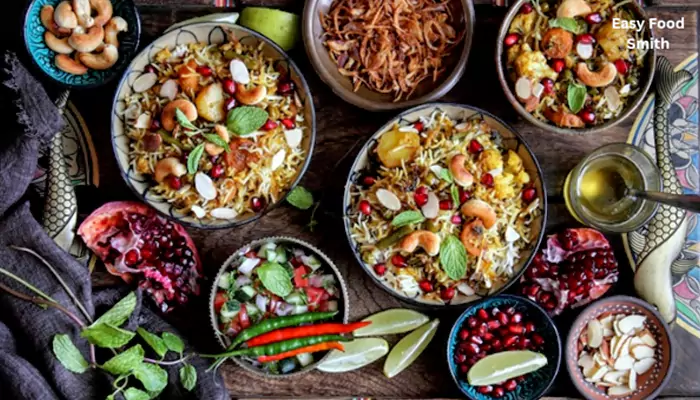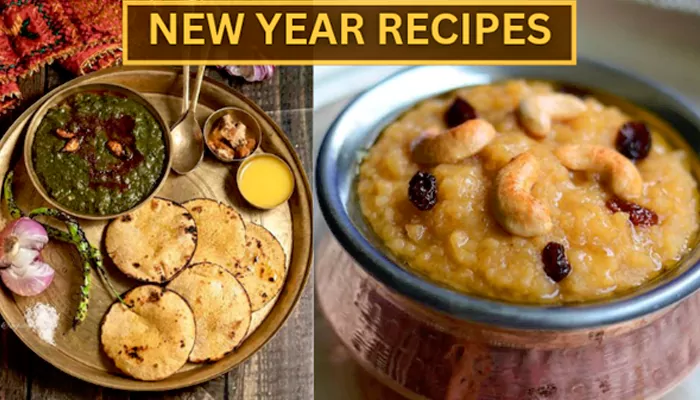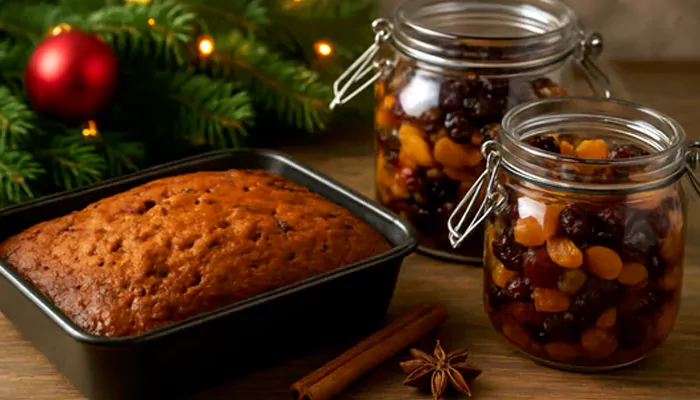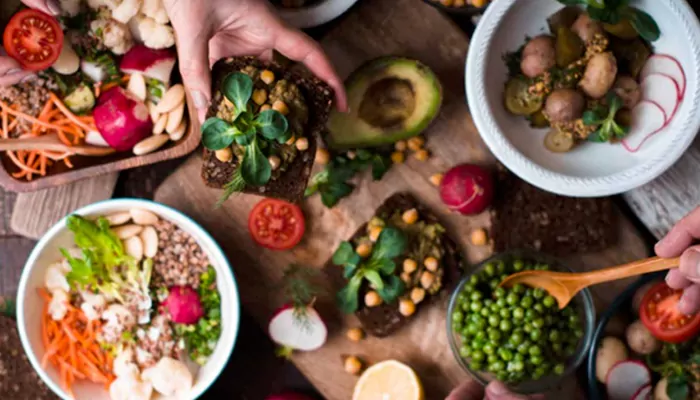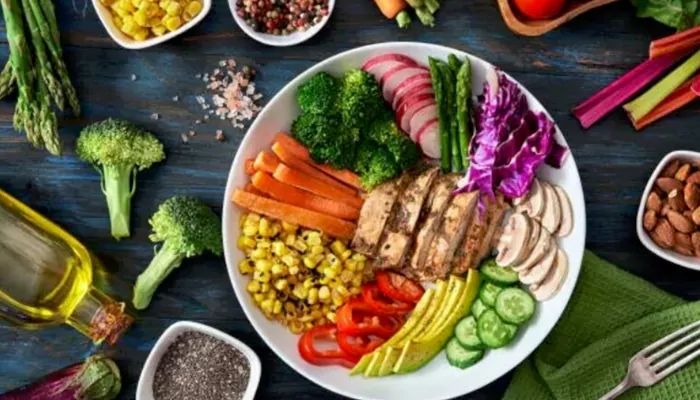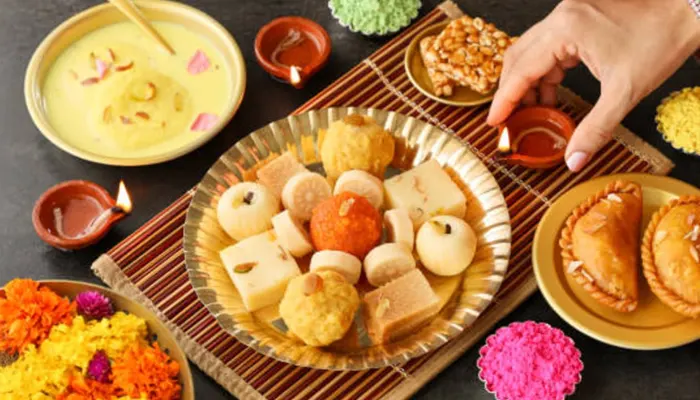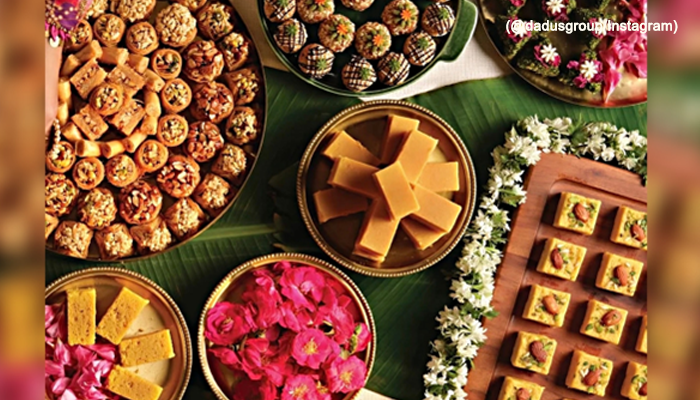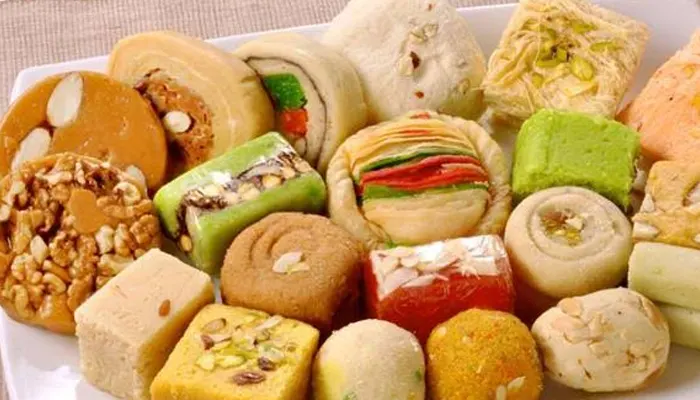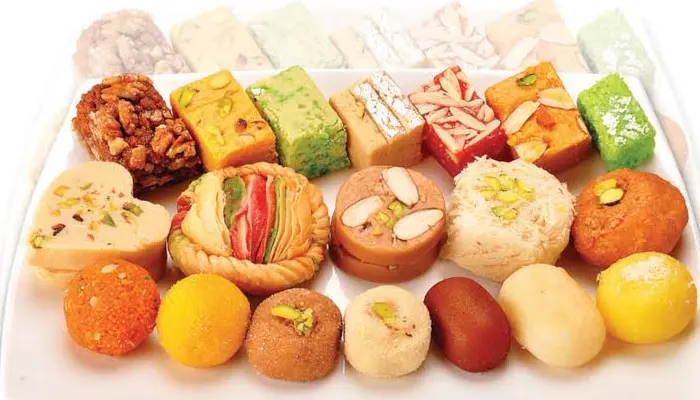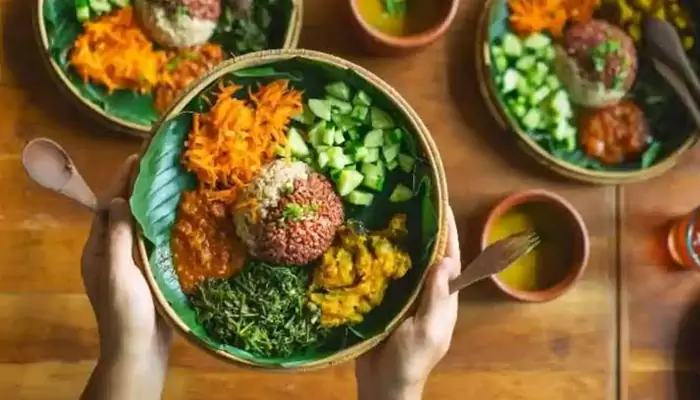
Saffron, often dubbed the "king of spices," has enchanted people for centuries with its vibrant colour, distinctive aroma, and remarkable health benefits. Derived from the delicate crocus flower (Crocus sativus), saffron is one of the most expensive spices in the world, often making it a target for adulteration and imitation. As a discerning buyer, it’s crucial to know how to spot genuine and high-quality saffron amidst a sea of fakes. Knowing the signs of authentic saffron will ensure you're getting what you pay for. Here’s how you can do it.
Understanding the Value of Pure Saffron
Saffron's high price tag stems from its labor-intensive cultivation and harvesting process. Each flower contains only three red stigmas, which must be carefully hand-picked, dried, and processed. It can take up to 75,000 flowers to produce just one pound of saffron, making it a truly precious commodity. Because of this, lower-quality or counterfeit versions often flood the market. To protect yourself from being swindled, it is essential to understand the characteristics of genuine saffron.
Vivid Colour: The First Sign of Quality
The colour of saffron is one of the easiest indicators of its authenticity. Genuine saffron threads are deep red, often with a slightly lighter, orange hue at the tips. This colour comes from the crocin compound, which is responsible for saffron's signature golden colour when dissolved in water or food. Be wary of saffron that looks uniformly red or has a bright yellow hue. Lower-quality saffron is often dyed or mixed with turmeric or other spices to enhance its appearance, but this is not the sign of a premium product. When you steep genuine saffron in water, the liquid should turn a golden yellow, not red or orange.
Aroma: The Scent of Authenticity
Saffron's aroma is unmistakably rich, often described as a blend of sweet and earthy with a hint of floral notes. High-quality saffron has a strong, lingering scent that can fill a room. On the other hand, fake saffron tends to lack this distinct aroma or may smell artificial. If the saffron you are considering smells weak or overly synthetic, it is likely a sign that it has been tampered with or is not genuine.
Texture and Shape: The Structure of Saffron Threads
When inspecting saffron, pay close attention to the structure of the threads. Real saffron threads are thin, trumpet-shaped, and slightly brittle to the touch. The ends should taper to a fine point, and the threads will have slight variations in size and shape due to the hand-harvesting process. Inferior saffron may have a more uniform appearance, with threads that are either too wide or too thin, which could indicate adulteration or poor-quality production. Additionally, if the saffron feels soft or powdery, it may have been mixed with other substances.
Taste: Subtle Yet Potent
Saffron's flavour is another indicator of its quality. High-grade saffron has a delicate but unmistakable flavour profile, characterised by a slight bitterness with sweet and earthy undertones. It is potent enough that a small pinch can impart flavour to an entire dish. When you taste it, if the saffron lacks intensity or has an overwhelming bitterness, it might not be genuine or could be of inferior quality. Keep in mind that saffron’s flavour should develop slowly in your dish, rather than immediately overpowering it.
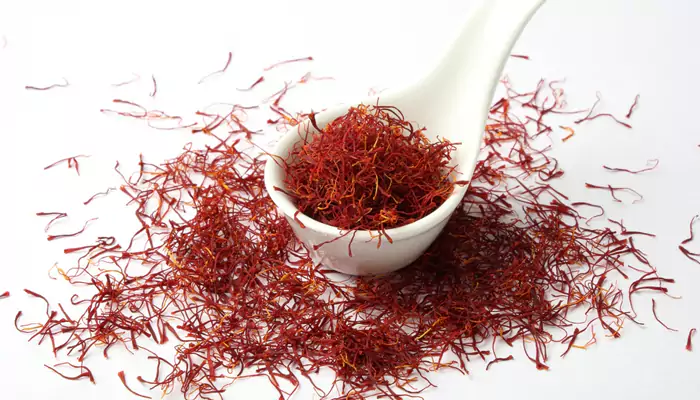
The Water Test: A Simple Method to Verify Purity
One of the simplest ways to check if your saffron is real is by conducting a water test. Place a few saffron threads in warm water. If the saffron is genuine, the water will turn a bright golden yellow within 10-15 minutes, while the threads will retain their vibrant red colour. Fake saffron or dyed imitations will often release their colour immediately, staining the water red or orange and losing their hue.
Spotting genuine and superior saffron requires a careful balance of observation and experience. By paying attention to its colour, aroma, texture, taste, and conducting simple tests, you can ensure that you're purchasing the real deal. The next time you buy saffron, remember these key points to avoid falling for counterfeit or low-quality versions. Investing in high-quality saffron not only enhances your culinary creations but also ensures you reap the full health benefits of this extraordinary spice.

